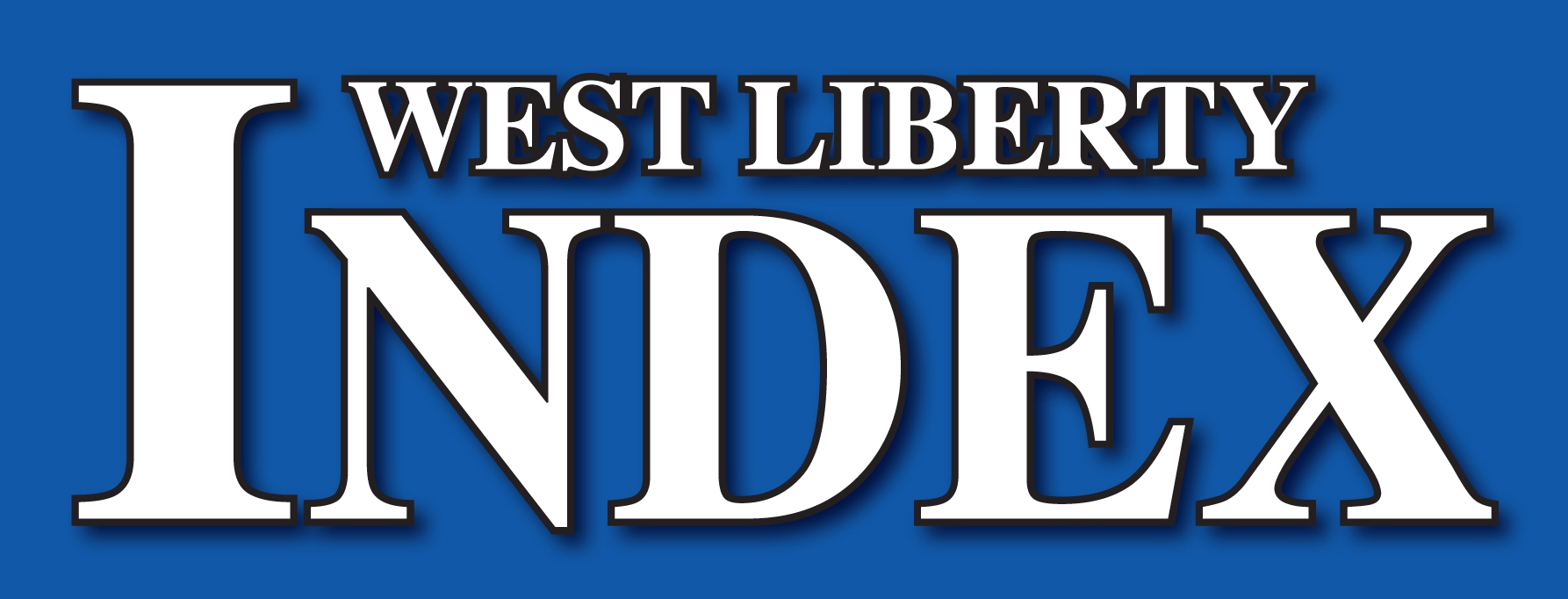New city revenue source to be decided
Business, institutions, residents will be hit with new storm water fees
Before the end of the year, West Liberty residents, institutions and businesses may see a new “Storm Water Utility rate” on their monthly utility invoices should the West Liberty City Council decide to follow up on an engineering rate study that has been in the works for months.
On April 6, city council members were provided the “final recommendations” on a new storm water utility rate being proposed for the city, now at the stage of approving a new ordinance that is estimated to bring over $640,000 in new revenue for the city over the next five years – funds expected to be used for new housing developments and improvements in storm water run-off in the community.
Leo Foley, the engineer for Veenstra & Kimm of Rock Island, presented the final draft of his company’s utility study first reported on Feb. 18 at a public work session of the council. On Tuesday, May 4, a second work session will be held regarding the ordinance for the new storm water utility, which could be adopted that evening as well.
Contracted by the city to accomplish the feasibility study, V & K reported the new rate will affect 387 residential and commercial properties in the community, utilizing parcel data furnished by the Muscatine Area Geographic Information Consortium to project revenue for different fee collection methods and rates. A total of 1,641 households will be affected by the new rate along with 289 non-residential customers including “commercial, industrial and institutional properties,” the report says.
Although there were three options for rate systems presented to the council, V & K recommended using an Equivalent Residential Unit (ERU) method of storm water utility collection, residents and businesses paying per square footage of rooftop, with every property but agricultural land affected by the new tax including churches, schools, elderly housing facilities, commercial business and industry and personal properties including garages, sheds and paved driveways.
The report says the recommended ERU is 3.961 square feet with a progress rate structure set over the five years starting at $4 and increasing annually at 50-cents and 25-cent increments to $5.50 per month. The rates would result in a projected five-year revenue of approximately $640,500 for maintenance, improvements and expansion of storm water utilities in the city, aligning with drinking water and sanitary sewer utilities to fund all the current planned capital improvement projects for storm water improvements.
Although not adopted by a lot of small communities, V & K reported there is a movement, especially among later cities and villages in the state, to create a storm water utility, originating in the mid 1970’s. The new charge will create a new rate for properties based on the amount of run-off they create.
The report said the city has an extensive amount of identified storm water improvement needs and each year, the city is faced with an increasing annual list. “A storm water utility not only provides a dedicated revenue stream for storm water projects, but it also frees up general fund revenues for other municipal needs,” the report reads. Among those capital projects is $122,000 toward a Rainbow Drive project from Maxson Avenue to Garfield as well as almost $105,000 for Maxson Avenue improvements, along with $255,000 for Sixth Street improvements.
The proposal says properties can get exemptions and credits by creating “green infrastructure” that might include rain barrels or rain gardens as well as cisterns, retention ponds and other methods.
Cost of implementing the program for residential properties, which could take from three to six months, is estimated in the range of $20,000 to $35,000 while the cost of implementing the program for non-residential properties could take as long as six months and cost up to $40,000.
Comments
